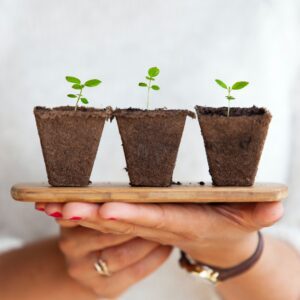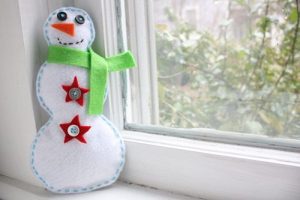There is so much more to gardening than just growing and cultivating plants. It’s not enough to plant your garden flowers, vegetables, or vines in the soil and watch them grow independently. You need to monitor your plants and check the quality of their growth. While plants naturally grow with suitable conditions outside the garden, you need to intervene and assist your plants to grow healthily and beautifully. Whether you are a novice or seasoned gardener, knowing the things that your plants need to thrive and grow are essential. Read on to learn about some of these needs.
Table of Contents
Healthy Growing Environment
Many garden plants that we grow used to flourish and thrive in the wild before they were cultivated to adapt to domestic soil conditions and different locations, weather, and climate patterns. Make your garden environment as close to the wild conditions as you can for your plants. Aside from knowing which plant types are suitable for outdoor and indoor gardening, you should also research the endemic species of the plant. The information you gather can help you know many things you can do to improve your plants’ growing environment. Miniature plants that thrive in warm or humid conditions can be excellent closed terrarium plants, where you can focus on recreating their natural growing environment. Closed terrariums protect your plants from stress due to frequent physical handling and give observable places for them to grow on. You can change the soil type, sunlight exposure, and other factors while safely observing the plants with minimal contact.
Light
Sunlight or artificial light is essential in the photosynthesis of plants. Like how we humans consume and metabolize food to get energy, plants need light energy to create a type of sugar called glucose, which is the energy source of plants. While this may be fundamental knowledge for gardeners, the analogy used here applies to plants. We need the right kind and amount of food to grow healthy, and plants have different light requirements to develop healthily. It is vital to know if your plants need a bright light or direct exposure to sunlight or if they thrive under dim or indirect light exposure. Also, take into account the duration and frequency of light exposure. Plants grow slowly if they don’t get enough sunlight, but they also dry out if they get too much of it.
Air
Another vital factor in the photosynthesis of plants is the carbon dioxide they get from the air. Plants need carbon dioxide to chemically combine it with water and use light energy to create glucose and oxygen. While outdoor garden plants receive plenty of CO2, urban air often carries dust, soot, and other pollutants that can clog the leaves of plants, making sure to clean the leaves if they get dusty or dirty. Indoor plants may sometimes receive low amounts of CO2, but you can address it by moving them near open windows for a few minutes.
Nutrients
Just like us humans, plants also need nutrients for them to grow fast and healthy. The soil is the primary source of plant nutrients such as potassium, phosphorus, and nitrogen. In gardens, terrariums, or greenhouses, the nutrient supply of plants can be limited, so you need to apply fertilizers occasionally or regularly (depending on the plant type) to supplement the nutrient needs of plants. If you want your plants to have greener leaves, more colorful flowers, and be more resistant to diseases, keep the three essential nutrients sufficient for your plants.
Water
Another essential thing that plants need is water. It also plays a vital role in photosynthesis. Water also helps dissolve nutrients to make them more absorbable through the roots. Like how blood transports oxygen and nutrients around our body, water also helps transport the nutrient to all plant parts. As a gardener, be constantly mindful of the amount of water you are giving your plants. Too little water can cause plants to wilt, while too much of it can cause the roots to rot.

Space
Sufficient spacing between plants is essential for their optimal growth. Plants need enough space for their roots to spread fully and get enough air, water, nutrients, and sunlight. Placing plants too close can lead to competition for these resources and affect their growth. Ideally, keep a distance of 6 to 18 inches between individual plants and 18 to 40 inches between plant rows for optimum growth, efficient space utilization, and easy cultivation.
Gardening or taking care of plants does not have to be daunting. It needs time, attention, and commitment to ensure that your plants grow fully and thrive. You also need to add a touch of science in researching how you can improve their growth. Gardening is never boring once you develop a passion for it and acquire an affinity for plants.
Featured Photo by Nikola Jovanovic on Unsplash




